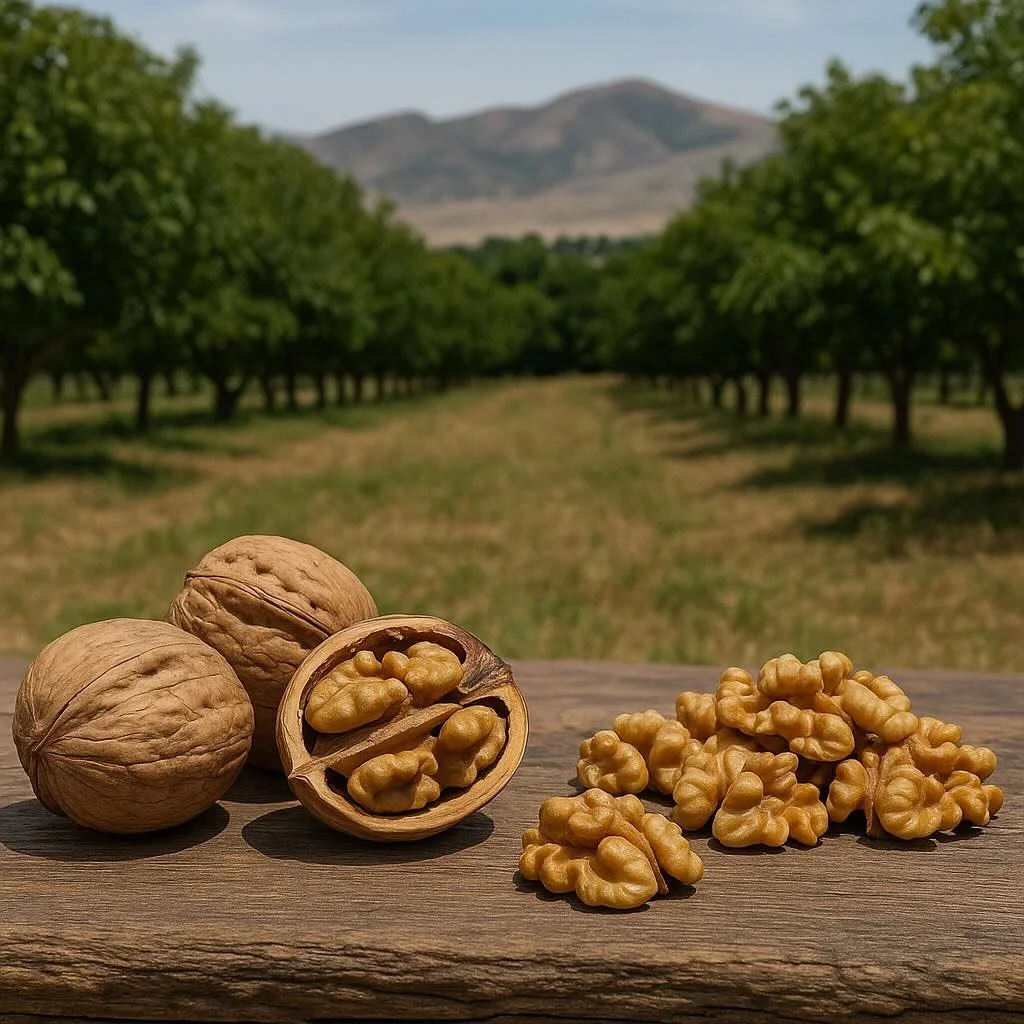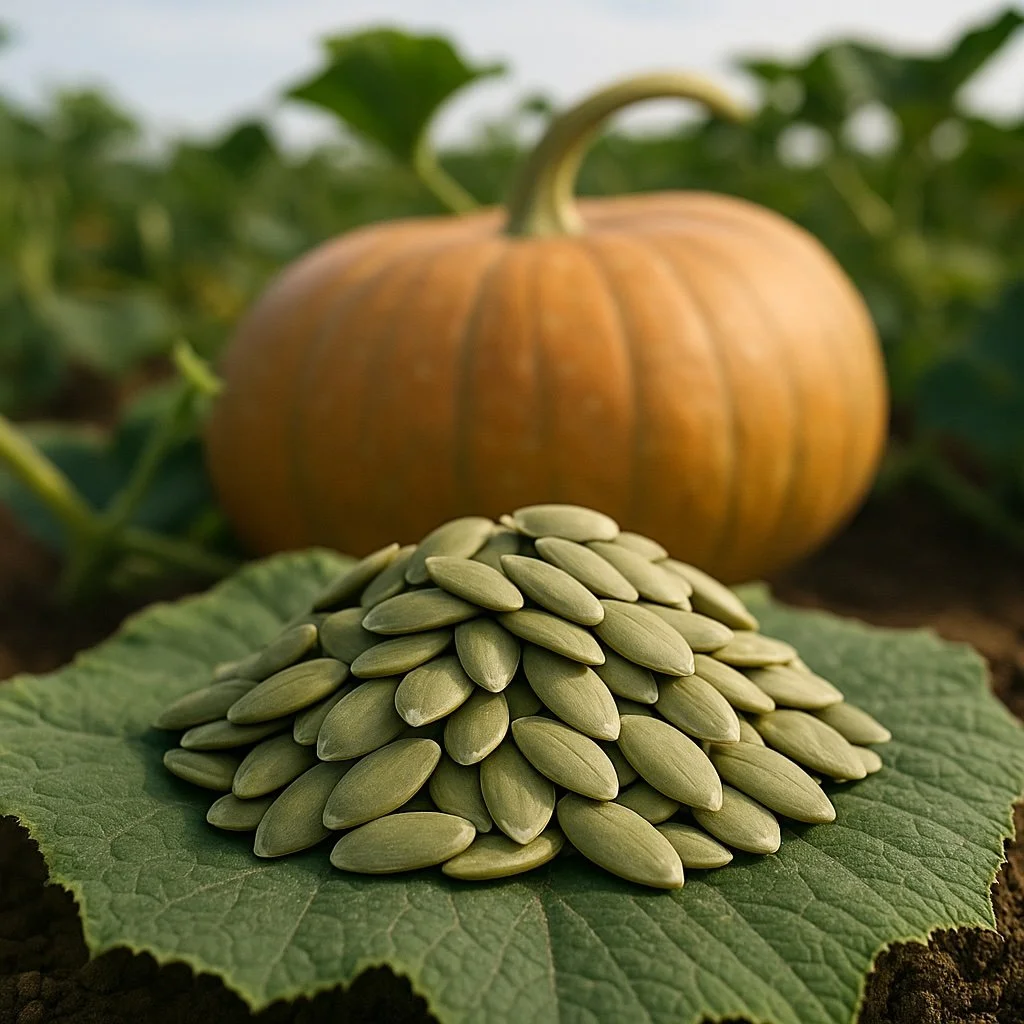A Look Into the Hazelnut Industry: Recent Developments, Potential Markets, and Sustainability Initiatives
Immersed in a rich tradition, the Hazelnut board vigilantly discusses production trends, market prospects, and potential opportunities across different regions. The dialogue centers around production, consumption, product promotion activities, and the pursuit of sustainable and ethical farming practices.
In the previous season, Turkish hazelnut exports experienced a decline from 343,000 tons to a projected 300,000 tons for the current season. Despite this drop, the Turkish growing area has stayed consistent, with productivity being bolstered by good farming practices and favorable weather conditions. However, frost damage caused a decrease of around 30-35,000 tons from the initially anticipated 843,000 tons in hazelnut production.
Italian hazelnut farmers have been grappling with the harsh realities of climate change, enduring droughts and excessive rainfall. Consequently, their expected yield for the 2023-2024 season is significantly less than the potential 160,000 tons. Similarly, while Oregon anticipates a healthy growing season, unfavorable weather conditions may lead to harvest delays.
As for future initiatives, Chilean growers plan to expand their plantations by 2,500-3,000 hectares per year, aspiring to achieve a substantial production goal of around 120,000 metric tons in the long run. This translates to an anticipated annual production increase of approximately 10,000 metric tons.
In the realm of market dynamics, India, under its new government, may witness increased funding for hazelnut cultivation. Hazelnuts, traditionally utilized in local desserts and as charming gifts, particularly among tourists from Arabic countries, are seeing renewed marketing and product promotion efforts. Despite struggling retail consumption across Europe, there lies considerable growth potential within the hazelnut spread market.
The evolving economic landscape and ongoing trade wars with China are propelling North America into a prospective market for hazelnut expansion. Despite past competition with the Turkish industry, interest in industrial markets is escalating. Countries like Brazil and Argentina are also displaying heightened interest, mainly driven by logistical costs amid the COVID-19 pandemic, yet price sensitivity still poses a challenge.
Globally, hazelnut consumption continues to rise, albeit slowly, with the bulk of the consumption coming from the industrial side. However, with the increasing worldwide acreage and potential overaccumulation, concerns over price implications are intensifying. To counter this, the board concluded that either an increase in consumption or a change in Turkey's export policies would be required.
Parallel to these market changes, the emphasis on sustainability in the industry is growing. Numerous efforts and projects involving European NGOs, the Turkish government, and other institutions aim to increase sustainability in hazelnut farming. Turkey's Green Deal, currently focusing on other sectors like steel and cement, may soon extend its reach to the hazelnut industry.
Significant issues such as traceability and child labor in Turkey are being tackled as the country modernizes its agriculture and adopts mechanization. In Europe, there's a shift towards "smart agriculture" with an emphasis on renewable practices to mitigate environmental impacts. This includes initiatives like repurposing all byproducts of hazelnut trees, which were previously burnt, for usage in the building industry or as soil enrichers.
In the western United States, the hazelnut industry operates under stringent environmental regulations. A large portion of waste from hazelnut shells goes to power generation as green energy, but alternatives like soil amendments are being explored to return the carbon trapped in the shell back to the soil.
However, challenges persist, with pests such as the stink bug posing significant threats to hazelnut crops in many regions, including Turkey, Italy, and Oregon. Various countermeasures, such as breeding natural predators like the samurai wasp and small hornets, have been undertaken to control these pests.
Reflecting on the market development, shell prices in the U.S. and Europe currently sit at a cost recovery level. Yet, there's potential for these markets to add more value with proper development.
To conclude, the panel reiterated that the hazelnut supply is ample for everyone, and those who can invest more might see significant benefits in the coming years. Turkey aims to increase its hazelnut exports to 350,000 tons next year to lower carryover volumes, thus reinforcing the hazelnut industry's tradition of trustworthiness, professionalism, and sustainability.











